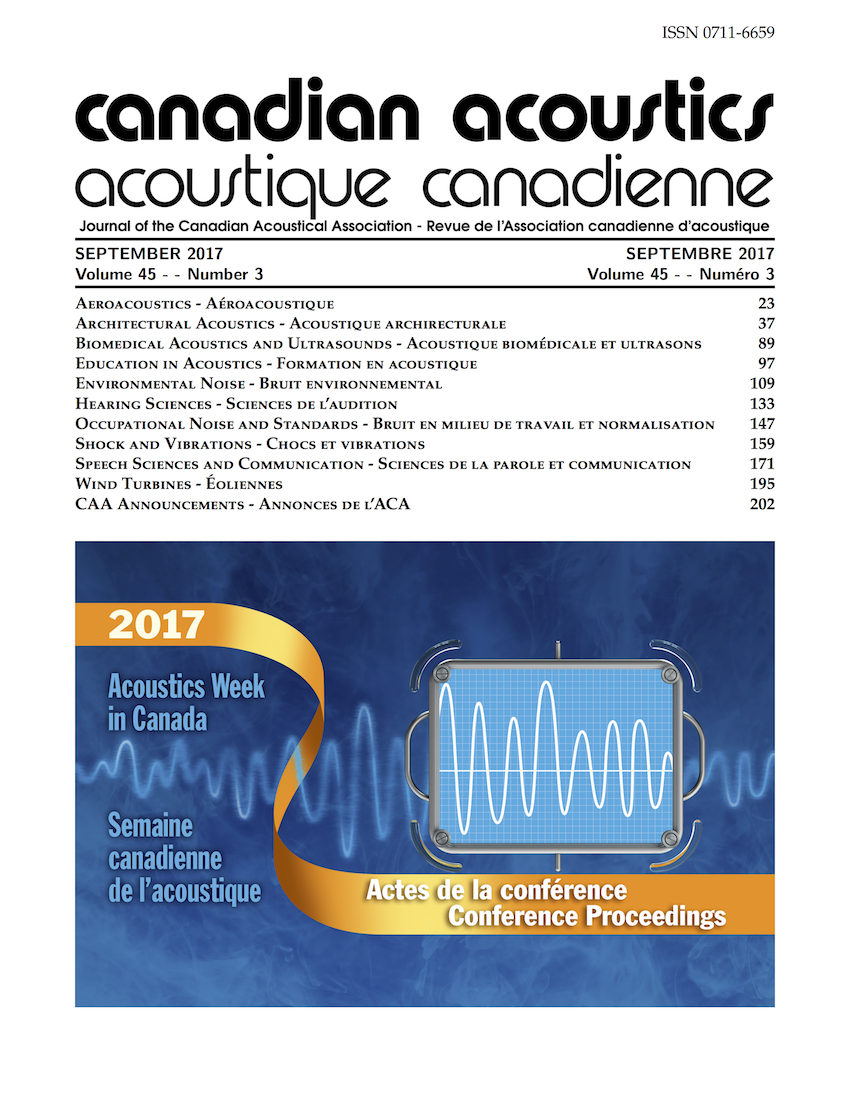Effect of Vortex Formation Length on Flow-Excited Acoustic Resonance for a Single Spirally Finned Cylinder in Cross-Flow
Abstract
Over the years, some effort has been expended in the improvement of heat transfer performance in tubular heat exchangers by increasing the heat transfer area of the tubes. This can be achieved by adding different types of fins to the outer surface of the tubes. However, finned tubes may lead to the generation of acute noise problems, caused by the coupling between the vortex shedding frequency and one of the acoustic natural frequencies of the duct housing the tubes. This may significantly reduce the service life of heat exchangers and may negatively impact the health of individuals working in close proximity to such acute noise intensity. Since the phenomenon is not yet fully understood, it can be dangerously unpredictable. Therefore, in this study, the flow-sound interaction mechanism of spirally finned cylinders will be investigated. Five spirally finned cylinders are investigated, which have fin densities ranging between 2 to 7 fins per inch. It has been observed that the addition of spiral fins induce an early flow separation, as compared to a bare cylinder. This causes the separated flow to be convected further downstream, and as a result of this, the vortices form further away from the cylinder’s base. As the fin spacing reduces, the vortex formation length gradually reduces due to a progressive delay in the boundary layer separation. This has shown to inherently affect the radiated sound during resonance; where vortices formed further away from the cylinder base has shown to attenuate the sound pressure during acoustic resonance excitation. A sample of the results are shown in this paper.
Additional Files
Published
How to Cite
Issue
Section
License
Author Licensing Addendum
This Licensing Addendum ("Addendum") is entered into between the undersigned Author(s) and Canadian Acoustics journal published by the Canadian Acoustical Association (hereinafter referred to as the "Publisher"). The Author(s) and the Publisher agree as follows:
-
Retained Rights: The Author(s) retain(s) the following rights:
- The right to reproduce, distribute, and publicly display the Work on the Author's personal website or the website of the Author's institution.
- The right to use the Work in the Author's teaching activities and presentations.
- The right to include the Work in a compilation for the Author's personal use, not for sale.
-
Grant of License: The Author(s) grant(s) to the Publisher a worldwide exclusive license to publish, reproduce, distribute, and display the Work in Canadian Acoustics and any other formats and media deemed appropriate by the Publisher.
-
Attribution: The Publisher agrees to include proper attribution to the Author(s) in all publications and reproductions of the Work.
-
No Conflict: This Addendum is intended to be in harmony with, and not in conflict with, the terms and conditions of the original agreement entered into between the Author(s) and the Publisher.
-
Copyright Clause: Copyright on articles is held by the Author(s). The corresponding Author has the right to grant on behalf of all Authors and does grant on behalf of all Authors, a worldwide exclusive license to the Publisher and its licensees in perpetuity, in all forms, formats, and media (whether known now or created in the future), including but not limited to the rights to publish, reproduce, distribute, display, store, translate, create adaptations, reprints, include within collections, and create summaries, extracts, and/or abstracts of the Contribution.


